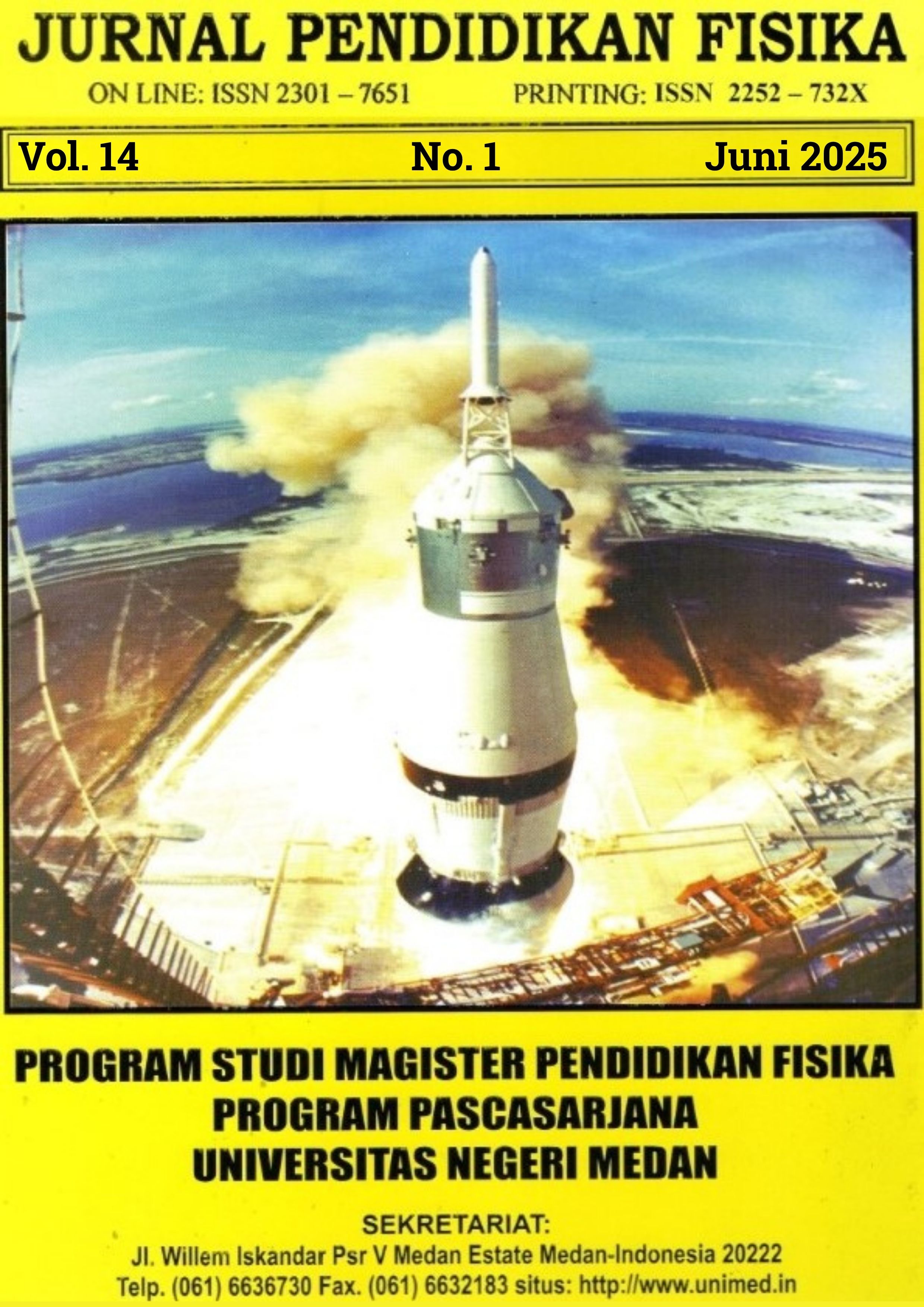Development of Learning Media Based on Arduino Load Cell on Pascal’s Law Topic to Improve Students’ Learning Outcomes
DOI:
https://doi.org/10.24114/jpf.v14i1.64338Abstract
Observations in several high schools in Bandung City show that students struggle to grasp Pascal's Law due to the absence of concrete visual representations. A preliminary survey involving 72 grade XI students from two schools revealed that only 45% could correctly explain the fundamental concept of Pascal's Law, and around 65% showed a lack of interest in physics, mainly because they found the material too complex. This study aims to develop Arduino Load Cell-based learning media to enhance students' comprehension of Pascal's Law. Using a Research and Development (R&D) approach with the ADDIE model, the study included five phases: analysis, design, development, implementation, and evaluation, with seven grade XII students as participants. The research utilized validation sheets, practicality questionnaires, student feedback forms, and pre-and post-tests. The findings indicated that the learning media exhibited a remarkably high degree of validity and practicality. The students' responses to this media were predominantly favorable, particularly with regard to the benefits it provided. Analysis of learning outcomes showed N-Gain scores ranging from moderate to high, signifying a notable improvement in student understanding. These results underscore the need for interactive learning media to help students better understand Pascal's Law through accurate visualization and hands-on experiments. Therefore, the development of Arduino Load Cell-based media is intended to offer an engaging and interactive learning experience to improve student comprehension of the material.Downloads
Published
How to Cite
Issue
Section
License
Copyright (c) 2025 Fian Rifqi Irsalina, Firda Fikri Andini, Dadi Rusdiana

This work is licensed under a Creative Commons Attribution 4.0 International License.






